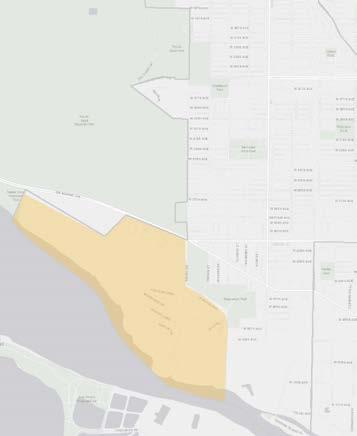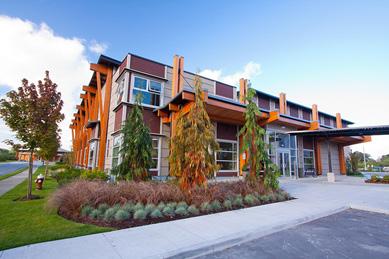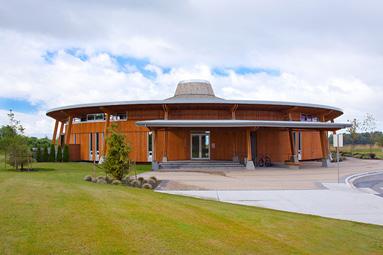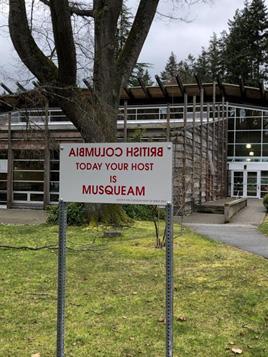
3 minute read
xʷməθkʷəẏəm (Musqueam
MUSQUEAM COMMUNITY PRESERVING CULTURE
By: Samuel Shin
Advertisement
Before Dunbar-Southlands existed, its lands were home to the ancestors of the Coast Salish Nation. In the present day, their descendants continue to live in the neighbourhood and develop in their traditional territories. Walking down to the south-end of Dunbar-Southlands, you enter the land of the xʷməθkʷəýəm (Musqueam) community. One of three reserves in Vancouver, the reserve within Dunbar-Southlands is known in the Canadian Census 1 as Musqueam Reserve 2. The story of their name (meaning “people of the river grass”) has been passed on between generations, “that, like the river grass, the Musqueam people have periods in which their population grows and shrinks” 2 . This naming story provides a morality of resilience. The presence of resilience embodies the population of the Musqueam people, as “a metropolitan city had developed in the hearts of Musqueam territory, [their] community [has maintained a] strong cultural and traditional beliefs” 3 . Musqueam Reserve 2 is built upon the traditional teachings and values that serve to continue the community, which will benefit future generations in their rights by building self-governing economic institutions separate from the surrounding ones in DunbarSouthlands.
Situated south of SW Marine Drive within the neighbourhood of Dunbar-Southlands, the physical location of the Musqueam Reserves places the territory at a distance from the urban hub of Dunbar-Southlands. In contrast to the growing urban gentrification of DunbarSouthlands, Musqueam Reserve 2 is home to green space, placed at the mouth of the Fraser River. This geographical location allows for access to resources in fishing, hunting, trapping and gathering, sanctioning cultivation of sniw (teaching) and practicing of Musqueam traditions. However, the relationship of the Musqueam Nation with Dunbar-Southlands is a debated topic seen in many zoning maps. While looking for zoning maps for DunbarSouthlands, it became clear that many maps disregard the inclusion of the Musqueam Reserves 4 as part of the neighbourhood. Therefore, we used the census neighbourhood tracts provided by the City of Vancouver that did feature inclusion of the Musqueam territory in order to determine the boundaries of Dunbar-Southlands 5 . entwines the members of the nation together like a spindle. The Musqueam Land Code is embedded into the structure of Musqueam Reserve 2, which enables land use that supersedes the jurisdiction of the surrounding political governance of Dunbar-Southlands 8 and the city of Vancouver.
Unfazed by the impeding surroundings of Dunbar-Southlands, Musqueam Reserve 2 exists to maintain the traditional territories that exist in Vancouver. It maintains a sense of community and customs for the residents within its boundaries, while continuing to plan spaces for those unfamiliar with their culture.
Physical institutions, like the Musqueam Cultural Education Resource Centre and Gallery have been created as a space for the Musqueam people to share history and culture, from the perspectives of the current residents of their traditional territory 6 . The Community Centre within the territory serves as a gathering place for residents and hosts events by the Musqueam nation. Traditional practices have been embedded into political and planning structures. The Musqueam nation elects a chief and council to govern the community, in accordance with traditional Musqueam practices. The community’s comprehensive plan, nə ́ ća?mat tə šxʷqʷeləwən ct (We are of One Heart and Mind) 7 , has been inspired from traditional Musqueam spindle whorls. Metaphorically, the community plan
Photo: Area of Musqueam Reserve
Photo: The Community Centre From: www.musqueam.bc.ca

Photo: The Cultural Education Centre From: www.musqueam.bc.ca

Photo: Sign at UBC representing its unceded territorial location of the Musqueam Community Taken by: Samuel Shin









